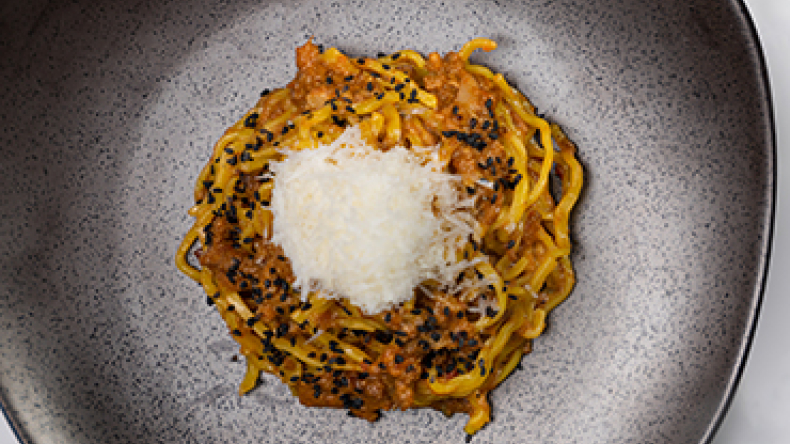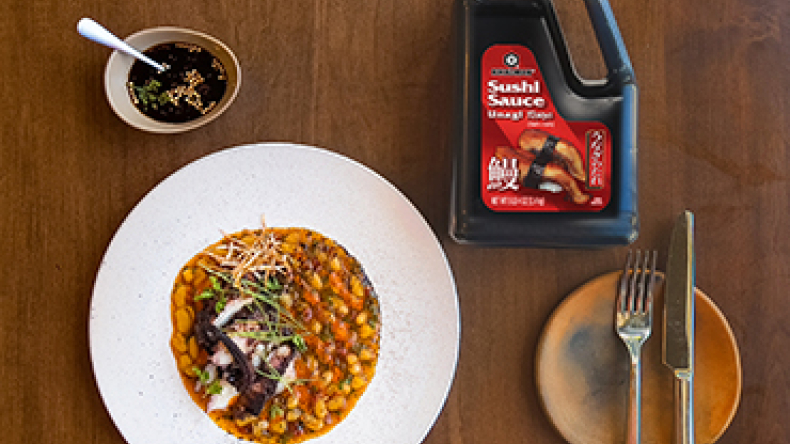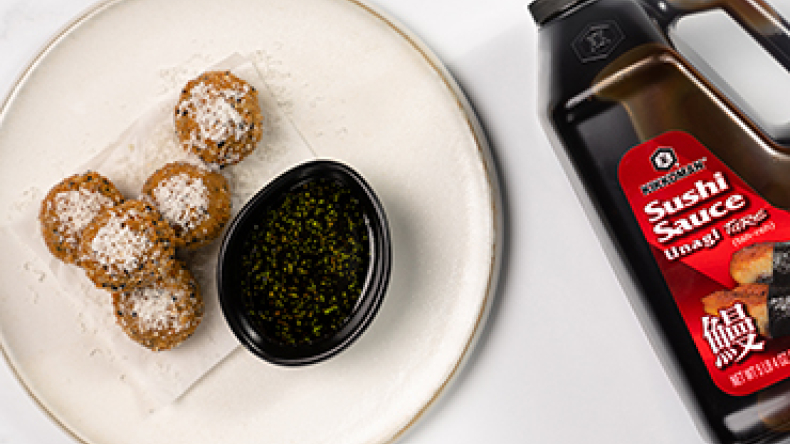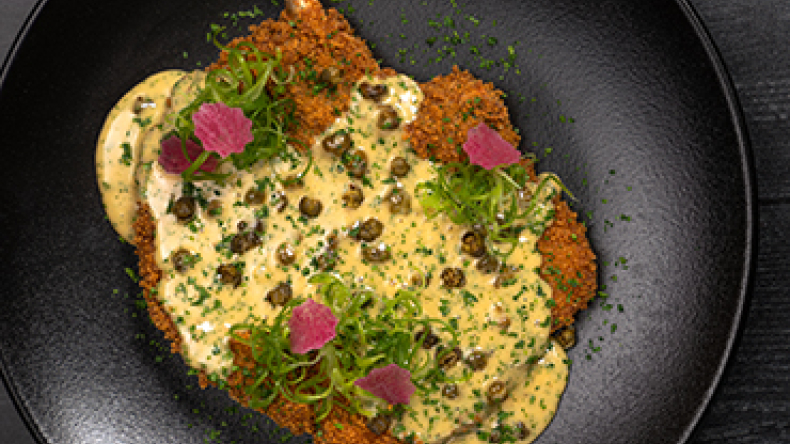Sponsored Content
Innovative Menus Feature Globally Inspired Cuisines
Southeast Asian flavors and mashups lead the way.
Keeping menus fresh with exciting new offerings is a good way to keep customers enthusiastic, engaged and loyal. That's why increasing numbers of innovative chefs are leaning into global flavors.
The National Restaurant Association tells us that the pandemic curtailed travel and the chance for consumers to experience cultures around the world. As such, they've been satisfying their cravings by exploring global flavors from neighborhood restaurants.
Similarly, Datassential1 indicates that consumer preferences, especially among younger patrons, favor globally inspired foods. While Italian and Mexican foods represent comfort to older patrons, younger diners exposed to a wider variety of international cuisines earlier in life find greater comfort in Asian cuisines. As such, menus that include influences from southeast Asian cultures are being exceptionally well received.
The Intersection of Flavor and Technique
What's interesting is that the concept of Asian foods has been expanding, creating noteworthy demand for dishes that represent a broader number of cultures. In response, truly innovative chefs have been introducing menu items that are personal interpretations of menu standards and dishes that reflect a mashup between one cuisine and another.
When it comes to the intersection of culinary flavors and techniques, one of the most interesting is Wafu Italian. A flavorful blend of Italian and Japanese influences, this cuisine has been popular throughout Japan since the 50s and is only just emerging in America. Championed by Robbie Felice, Chef and Owner of Pasta Ramen, a pop-up in New York, Miami and Los Angeles and a soon to be full-scale restaurant in Montclair, New Jersey, he admits, "Our patrons had no idea what they were getting. That being said, they loved the concept and enjoyed the mix of flavors."
Similarly, Raymond Li, Chef and Owner of Li's Dim Sum in Miami is adding menu items that represent a blend of Latin and Chinese cuisines. With a heritage that is part Colombian, part Cuban and part Chinese, Chef Li has become well known for the way he combines global flavors and creates innovative menu items. He explains, "In Miami, most people love Asian food. They also love Latin food. The dishes I create use flavors from both worlds and have been very well received."
A Reliance on Quality, Flavor and Consistency
Both chefs have mentioned that having easy access to consistently high quality and reliable Asian ingredients is essential. In this regard, they've found that Kikkoman makes authentic sauces and condiments that offer remarkable flavor and texture and streamline the way they work in the kitchen.
According to Chef Li, "I've been using Kikkoman products all my life. They're better suited to my style of high-end cooking. I particularly like their Plum Sauce as a base for dressings and their Teriyaki Sauce & Glaze for skewers. I can rely on quality and consistency and don't have to start from scratch."
Chef Felice offers, "There are lots of brands out there. I don't have time for guessing games. Kikkoman's flavor profiles add just the right touch. I use their soy sauce for everything, rarely using salt. Plus, they have lots of other products I don't hesitate to use."
Innovative New Recipes
Click on image for more information.
To illustrate the impact Kikkoman's Asian products represent, especially in dishes that benefit from cross-pollination of culinary cultures, Kikkoman has asked Chef Li, Chef Felice and several other chefs to develop a collection of innovative new recipes that will spark creativity among their peers. With dishes such as Ramen Bolognese (a traditional veal-beef-pork-pancetta base blended with soy sauce, sesame oil, kotteri mirin and ponzu), Injected Burrata (filled with soy sauce, teriyaki, ponzu and rice vinegar) and Grilled Octopus (with tamari soy sauce, kotteri mirin and sushi sauce/unagi tare) as examples, there are plenty of intriguing, exciting and flavor-forward recipes to explore.
When asked about the growing popularity of these dishes, Andrew Hunter, Global Development Chef for Kikkoman explains, "Introducing Asian flavors like soy sauce into contrasting cuisines creates new and interesting experiences and adds a touch of mystery. While it's difficult for patrons to identify any particular ingredient, these dishes simply taste better."
Based on its centuries-old heritage of techniques and expertise, Kikkoman offers a extensive selection of labor-saving and versatile products that perform well across a wide range of global cuisines. Learn more: KikkomanUSA.com/Foodservice
1Datassential is the industry’s leading food research and insights firm.
- Log in or register to post comments





